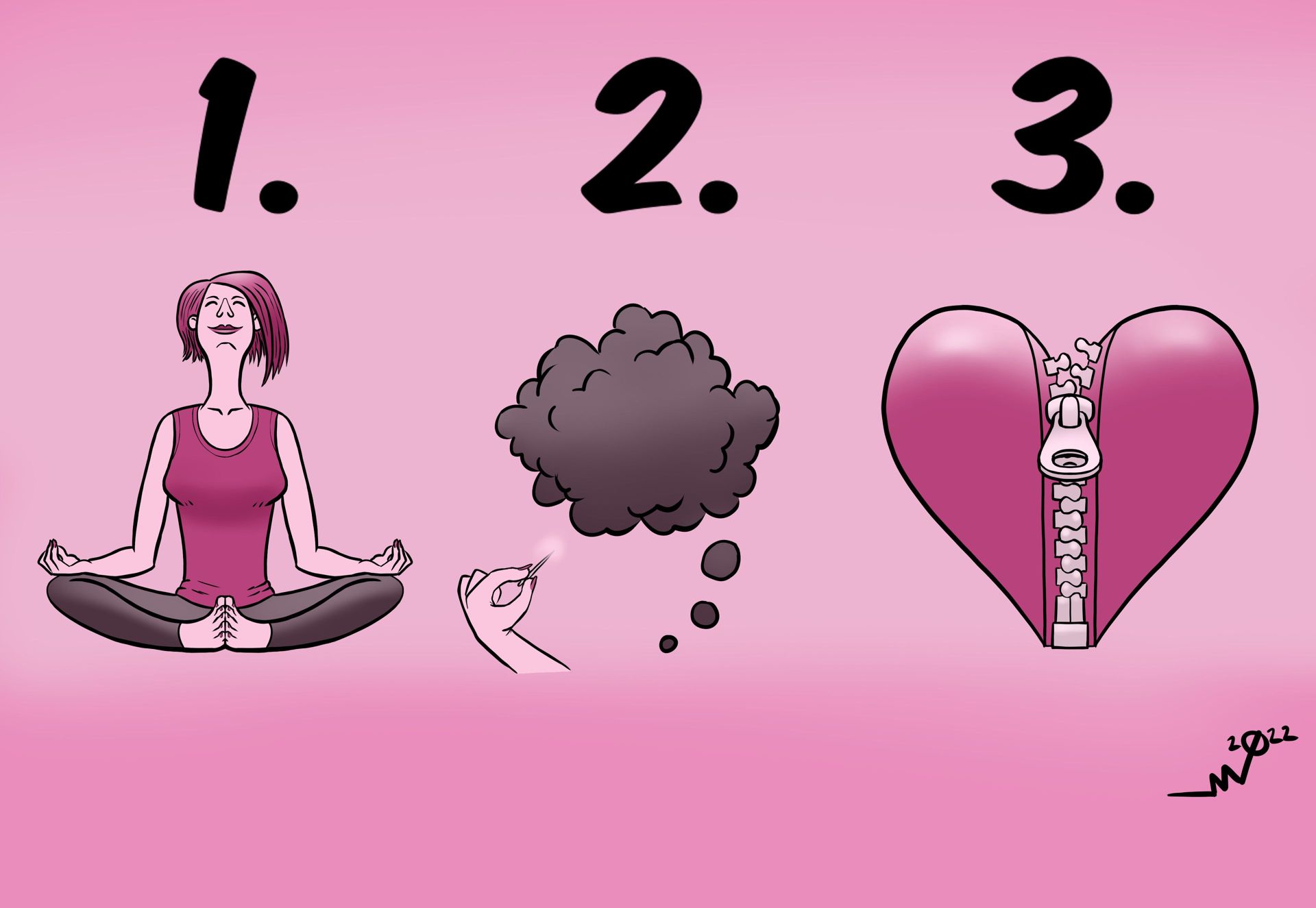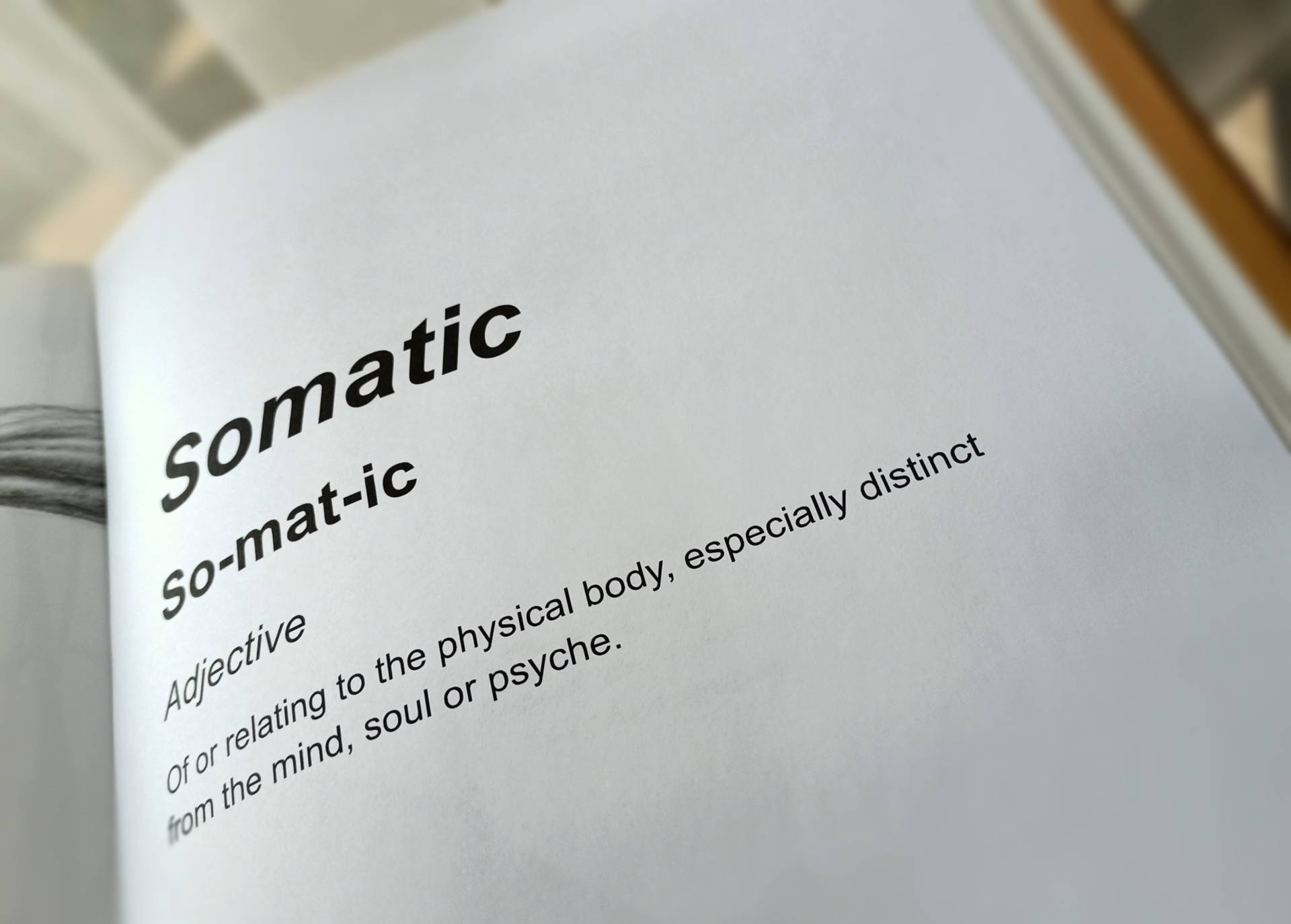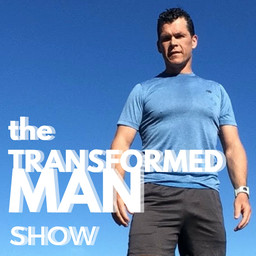What is EMDR Therapy?

EMDR is an acronym for ‘eye movement desensitisation reprocessing’ and was developed by Francine Shapiro in 1987. It is a therapy that helps with distressing memories and thoughts, sexual and emotional trauma, phobias, changing habits, troubling beliefs and easing pain that has a psychological component.
Initially this therapy involved eye movements following the practitioner’s finger side to side while thinking of a disturbing memory. In the years since it has developed into a modality that includes many other ways of bilateral processing such as touch, movement and sound.
The story goes that Francine was feeling distressed while taking a walk in the park. The light filtering through the trees made her eyes move side to side and as she did this she started to feel the distress lifting. She took this information and developed a modality which was the subject of many evidence based studies.
There are a few theories on how EMDR works such as helping with relaxation, mimicking REM sleep, helping the two hemispheres of the brain communicate more easily and creating a dual focus of attention (where something that is disturbing is experienced at the same time as something that is safe, neutralising the disturbing feelings).
In order for EMDR to work we need to bring up disturbing memories, not too much that we are going into panic or dissociation (zoning out), but enough that it feels really uncomfortable. For this reason EMDR isn’t usually the first port of call in trauma resolution, as it is important to know how to calm ourselves during this process when the need arises.
A lot of EMDR therapists will use the ‘Safe Space’ meditation at the start of treatment. This is a guided meditation involving finding a calming place in our imagination that we can return to if the processing gets too intense. This can be somewhere we have visited before, somewhere we have experienced in fiction or seen on tv or something that we have made up. This place is imagined along with receiving bilateral stimulation.
Somatic Therapy, such as breathwork, embodiment and meditation can also be really useful at calming the nervous system prior to reprocessing, during treatment and in between sessions if disturbing memories arise.
Once we’re able to regulate our nervous system then we can move into reprocessing memories. The way I like to imagine this process is that we go on a journey back through time to set free the younger version of yourself trapped in a disturbing experience that you’re now re-living in the present.
This is how I’ve experienced receiving sessions and quite a few of my clients have resonated with this description. This work is personal and unique for each person experiencing it, so you might have a different way of describing it once you have tried it. There are many different ways to do this therapy, some can be gentle and some can be intense, but they are always a co-creation that we figure out together.
The first session or two with EMDR we figure out what we’re going to work on and practice resourcing and stabilisation techniques. How we do this is unique to each person & might involve meditation, breathwork, massage/self-touch or focussing on positive memories. It is important to have grounding resources, things that make us feel good or safe before we address the memories that are uncomfortable.
This type of therapy, while it can work extremely quickly, does require a series of sessions. How many sessions it takes to work will vary from person to person. The average amount of sessions are 3-12, but for complex issues it could take more.


How to do Anal Massage Post Prostate Cancer Surgery
with Victoria Cullen

Case Study: Libido Restored Post Prostate Surgery!
with Victoria Cullen

Feeling Pleasure After Trauma
with Cam Fraser

What is Traumatic Dissociation?

Turning Down the Dial on Anxiety

Things to be Wary of When You are Experiencing Premature Ejaculation

How to Overcome Premature Ejaculation

Premature Ejaculation is Not a Disease!

The Dark Side of Make-Up Sex

How I Learned to Manage My Panic Attacks

Are You Worried About Your Libido?

Combining EMDR and Scar Remediation

What is Scar Remediation?

How to Make an Organic Castor Oil Pack to Treat Scar Tissue

What Are Scars? It Could Be the Answer to Your Chronic Pelvic Pain!

The Three Phases of Trauma Therapy

What is EMDR Therapy?

What is Somatic Sex Therapy?

What is Sexological Bodywork?

How to Resolve Pelvic Pain, Erection Challenges and Ejaculatory Issues Holistically
with Rahi Chun

Why I love guys who can't get it up
with Georgie Wolf

Sexual Healing
with Sean Nicholas

What Can I Do About My Protruding Inner Labia?
with Charlotte Sway & Roger Butler

Why Are Men Such Dicks?
with Charlotte Sway & Roger Butler

Can You Teach People How To Touch?
with Charlotte Sway & Roger Butler

